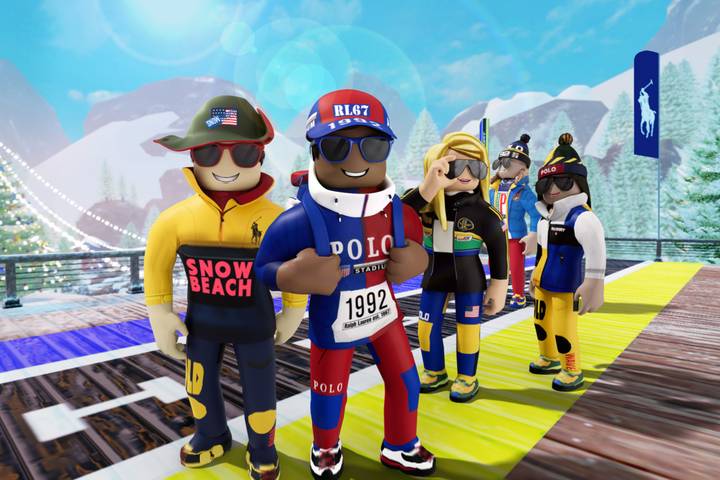
Online platforms are a precursor to the future metaverse vision of the internet. They are currently serving as workrooms for products that can be sold in real life. Designers can now preview clothing on virtual models before they make them.
Julien Fournie (French couture designer) said that it is extremely costly to produce any product in real life. He also runs his own fashion house. He said that online is “a place where you can test things virtually and create a very precise connection to the real-life experience.”
Virtual goods are a hot topic amid fervent predictions that the metaverse, a virtual reality equivalent to the internet, will eventually replace the web.
A growing number of brands have tried to establish a presence in the most talked-about platforms, from Fortnite to Roblox, over the fear of missing major tech and social shifts.
Companies have a low risk and low cost opportunity to create products by studying how users interact with online products.

This is part of an underlying trend in online data mining “to create better collections, forecast better,” said Achim Berg (partner at McKinsey & Company Consulting).
According to the consultant, the coronavirus pandemic helped reduce the distance between real and virtual by causing many designers to work in three dimensions.
Opportunity for young designers
RTFKT Studio and Seattle artist FEWOCiOUS launched a limited edition 621 pair of virtual sneakers via NFT. These digital items can be purchased and sold using blockchain technology.
One aspect of the operation was to match every digital pair that day with real shoes, which each buyer could then pick up six weeks later.
Benoit Pagotto, one founder of RTFKT, said that he believes an emotional connection to physical objects is still important. He also stated that it can increase the attachment to digital products. RTFKT was purchased by the giant Nike in December.
The Aglet app, which combines virtual sneakers with augmented reality, created the Telga shoes. It is similar to heavyweights Adidas and Reebok.
Ryan David Mullins, the CEO of the company, stated that they now plan to make sneakers. He noted that the 500th batch was sold before production began.
He said, “Once you know the demand on these platforms, it is much easier to create the channel into the physical realm to manufacture them.”
Aglet stated that the firm is now working with younger designers who may find the entry cost to creating their own brand a bit prohibitive.
He said, “But it’s much easier to start designing it virtually.”
Farfetch, a high-end fashion website, has also seen a rise in online sales. In August, it launched a formula that allows users to pre-order Balenciaga and Off-White. Gabbana products are digital only.
To achieve the most convincing rendering, the site collaborated with DressX, a studio that designs virtual clothes.
The pieces are then made in the workshop according to pre-orders. This setup is particularly attractive for high-end brands and not for ready-to wear behemoths.
This way of working can help to avoid excess production and unsold products, which are a concern due to the high environmental cost.
However, not all are convinced that the vision of turning the digital into tangible is possible.
The Fabricant, a virtual fashion house, stated that digital pieces can be worn and collected in the metaverse, so there’s no need to have physical counterparts. The Dutch company believes that the openness between the worlds is a positive thing, even if people decide to bring the virtual world’s aesthetic into their lives.
Berg, the consultant, stated that “In the end it’s all about desirability.” “If it’s desirable in this (virtual), space, why wouldn’t it be desirable elsewhere?”



